I remember the first time I cooked a roast beef tenderloin for my family. The meat was tender and juicy, with rich flavors that stood out. It was unforgettable.
At first, cooking a perfect beef tenderloin recipe seemed hard. But with the right methods and ingredients, it can be a highlight of any meal.
Whether it’s a holiday dinner or a simple Sunday roast, a well-cooked tenderloin will wow your guests.
Key Takeaways:
- Mastering the art of cooking tenderloin can elevate any meal.
- A perfectly cooked tenderloin is tender, juicy, and full of flavor.
- The right techniques and ingredients are key for a successful dish.
- A well-cooked tenderloin is perfect for any occasion, from casual dinners to formal gatherings.
- With practice, you can create a truly unforgettable dining experience.
The Perfect Centerpiece: Why Beef Tenderloin Impresses Every Time
For any occasion that calls for elegance, a roast beef tenderloin is the top choice. Its tender texture and rich flavor make it unforgettable.
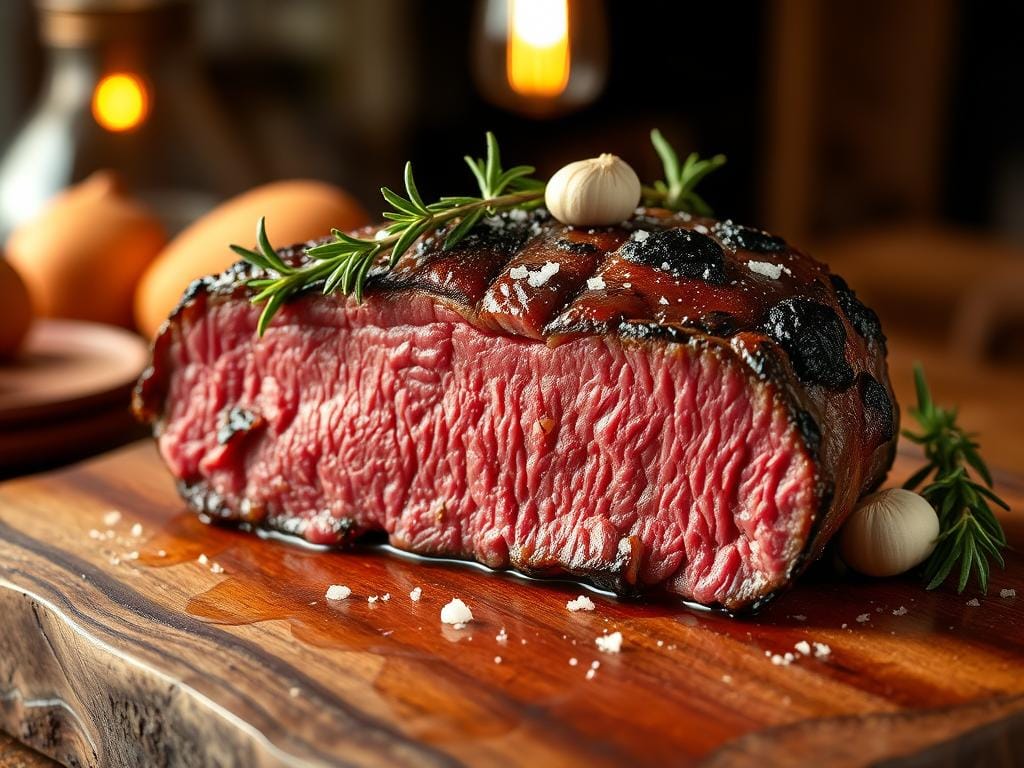
What Makes Beef Tenderloin Special
Beef tenderloin is special because of its exceptional tenderness. It comes from the short loin section of the cow. This area doesn’t get much exercise, making the meat very tender.
The flavor of beef tenderloin is also unique. When cooked right, it has a rich, beefy taste. This taste is enhanced by its natural marbling.
Occasions Perfect for Serving Tenderloin
Beef tenderloin is great for many occasions. It’s perfect for holiday gatherings and wedding receptions. Its luxurious feel makes it a favorite for special events.
Some great times to serve tenderloin include:
- Holiday dinners, such as Christmas or Thanksgiving
- Weddings and anniversary celebrations
- Formal dinner parties
Serving a succulent roast beef tenderloin at these events will surely impress your guests. It will leave a lasting impression.
Selecting the Best Roast Beef Tenderloin:
Choosing the right roast beef tenderloin is key to a great meal. You need to think about a few important things. These factors will greatly affect how your dish turns out.
Understanding Beef Grades and Quality
The quality of your roast beef tenderloin depends on the beef grade. The USDA grades beef based on marbling, maturity, and muscle structure. Prime, Choice, and Select are the top grades, with Prime being the highest. Prime has lots of marbling, making it tender and flavorful.
For the best roast beef tenderloin, choose Prime or Choice grade. These are pricier but offer the best taste and tenderness.
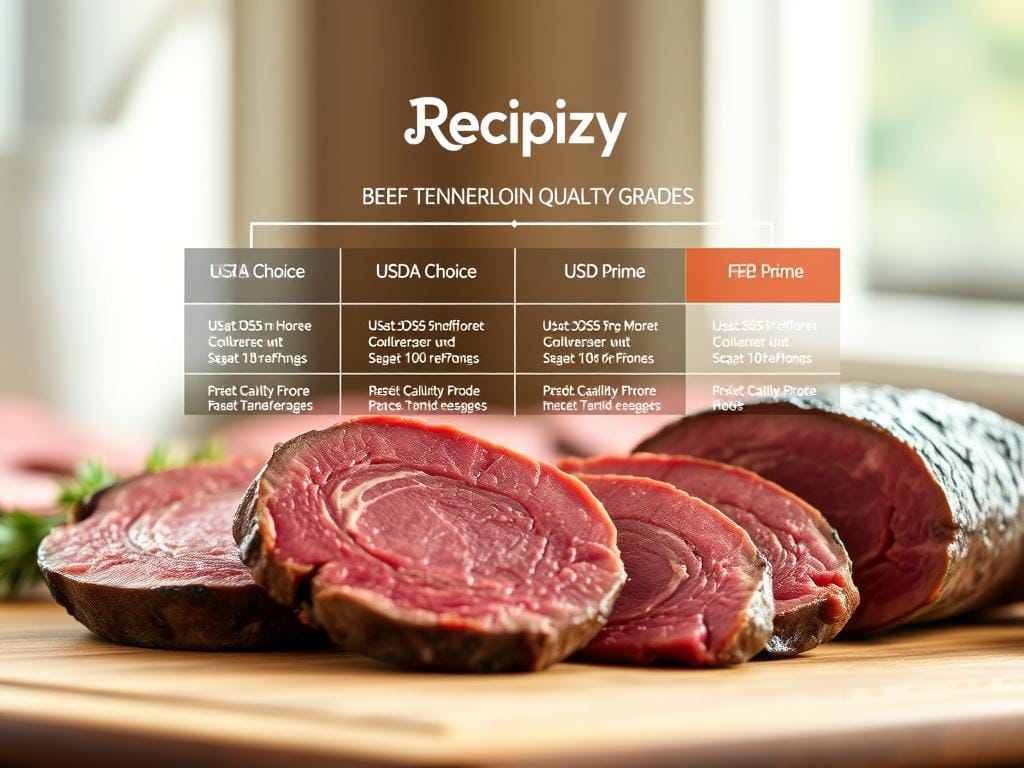
Size Considerations for Your Gathering
It’s important to pick the right size tenderloin for your guests. A good rule is to plan for about 6 ounces of beef per person. This way, everyone gets a good-sized serving without too much leftover.
If you’re hosting a big event, think about the tenderloin’s weight and if it fits in your roasting pan. A bigger tenderloin might need longer cooking time.
Trimmed vs. Untrimmed: Making the Right Choice
Beef tenderloins can be trimmed or untrimmed. Trimming means fat and silver skin are removed, saving prep time. Untrimmed tenderloins are cheaper but need more work to prepare.
For beginners, a trimmed tenderloin is easier. But if you’re up for the challenge, untrimmed can be a cost-effective option.
By choosing the right grade, size, and preparation, you’ll have a delicious and memorable meal. Whether you’re using a best roast beef tenderloin recipe or your own roast beef tenderloin cooking instructions, the right choice is essential.
Essential Equipment for Perfect Results:
To get a perfectly cooked roast beef tenderloin, you need the right tools and technique. A juicy roast beef tenderloin is all about the right equipment. These tools will make your cooking experience better.
Roasting Pans and Racks
A good roasting pan is key for a perfect tenderloin. Choose a pan that’s big enough for the tenderloin and has high sides to catch juices. A roasting rack is also important for even cooking.
Look for a rack that’s sturdy and has a non-stick coating. This prevents the tenderloin from sticking.
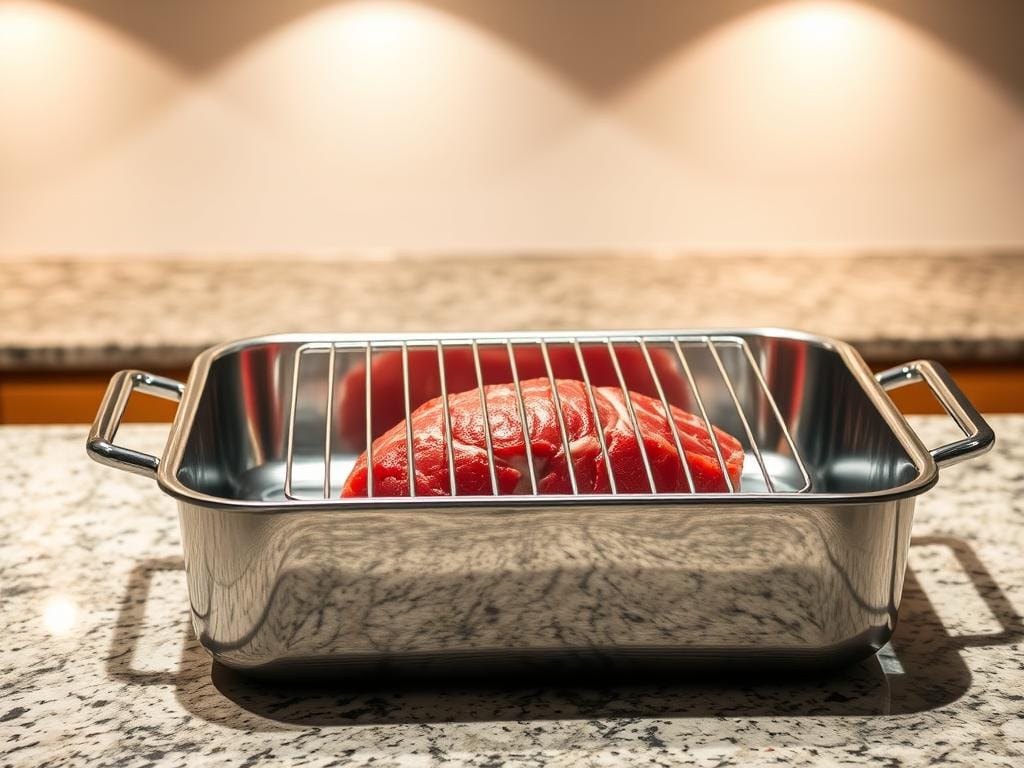
Thermometers: Your Secret Weapon
A thermometer is essential for a perfectly cooked roast beef tenderloin. It removes the guesswork from cooking. Use a digital thermometer for quick and accurate readings.
Some thermometers have a leave-in probe. This lets you check the temperature while it cooks.
Additional Tools for Success
Other tools can help you cook a perfect roast beef tenderloin. A sharp knife is needed for trimming the tenderloin. Kitchen twine is necessary for tying the meat into a uniform shape.
A pair of tongs or a spatula is useful for handling the tenderloin while it cooks.
Preparing Your Beef Tenderloin for Roasting
To get a perfectly cooked roast beef tenderloin, start with the right prep. This includes trimming, tying, and brining. These steps are key to a tender and flavorful dish. Let’s explore the essential techniques to make your roast beef tenderloin a hit.
Trimming and Tying Techniques
Removing excess fat and tying the tenderloin are critical steps. Trimming helps with even cooking and better browning. Use a sharp knife to cut away any unwanted fat or connective tissue.
Tying the tenderloin ensures even cooking and keeps its shape. Start by cutting a piece of kitchen twine. Loop it around the tenderloin and tie a knot. Wrap the twine around the tenderloin at 1-inch intervals until you reach the end, securing it with another knot.
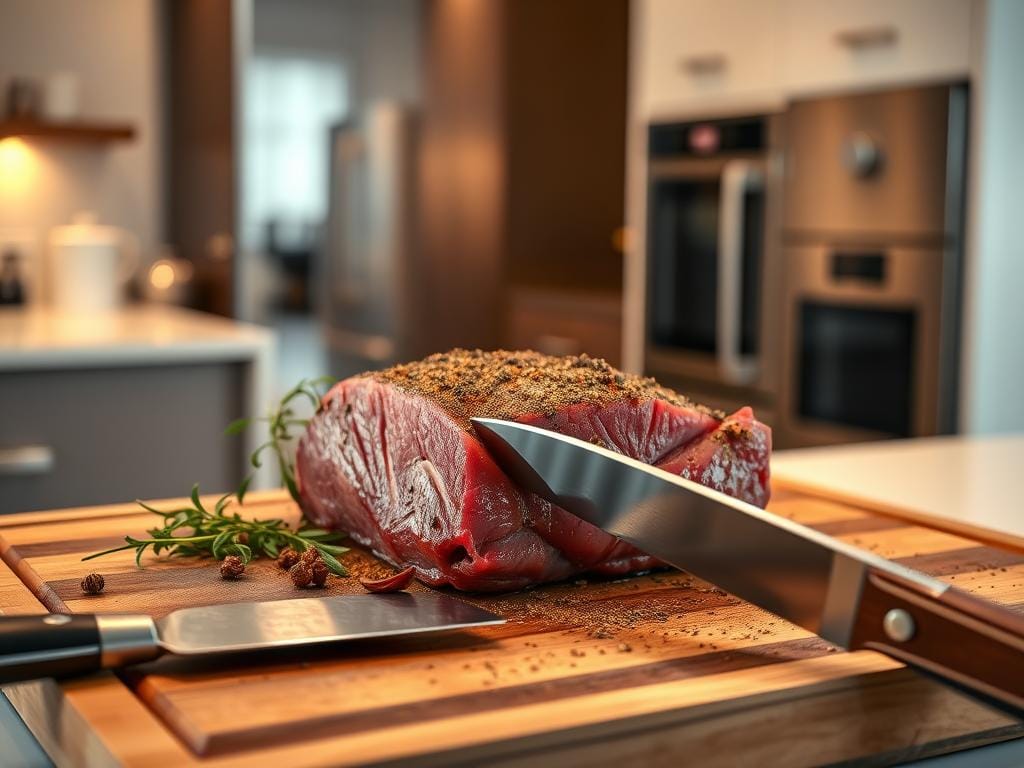
Bringing to Room Temperature
Bringing your beef tenderloin to room temperature before roasting is key. Remove it from the fridge and let it sit for 1-2 hours. This helps it cook evenly.
Dry Brining vs. Wet Brining Considerations
Brining enhances flavor and tenderness. There are two main brining methods: dry and wet. Dry brining involves rubbing the meat with salt and refrigerating it. It’s simpler and less messy.
Wet brining means soaking the meat in a saltwater solution. It’s better for larger cuts but needs more planning and equipment. Choose based on your tenderloin’s size and your schedule.
- Dry brining is a simpler and less messy option.
- Wet brining can be more effective for larger cuts of meat.
- Consider the size of your tenderloin and the time you have available when choosing a brining method.
Seasoning Secrets for Flavorful Results:
Seasoning turns a simple beef tenderloin into a delicious roast. Exploring different seasonings can take your beef tenderloin to new levels.
Seasoning is more than adding flavor. It’s about finding a balance that enhances the beef’s natural taste. Whether you stick to classics or try new rubs, the right seasoning makes a big difference.
Classic Herb and Garlic Combinations
Herbs and garlic are a timeless choice for seasoning beef tenderloin. Mix minced garlic with chopped herbs like thyme, rosemary, or parsley. Then, rub it all over the tenderloin.
Julia Child once said, “The only time to eat diet food is while you’re waiting for the steak to cook.” This quote shows how indulgent a well-seasoned roast beef tenderloin can be.
- Mix minced garlic with chopped fresh herbs.
- Rub the mixture all over the tenderloin.
- Let it sit for a while to allow the flavors to penetrate.
Specialty Rubs and Marinades
Specialty rubs and marinades offer a wide range of flavors. You can try spicy Cajun rubs or Asian-inspired marinades. The choices are endless.
| Rub/Marinade | Flavor Profile | Best For |
|---|---|---|
| Cajun Rub | Spicy, Smoky | Those who like a bold flavor |
| Asian Marinade | Sweet, Soy-based | For an oriental twist |
| Herb Crust | Earthy, Aromatic | Classic, traditional flavor |
Salt and Pepper: The Minimalist Approach
Sometimes, simplicity is best. A simple seasoning of salt and pepper lets the beef’s natural flavor stand out. This is perfect for those who prefer a simple taste.
In conclusion, the right seasoning can make your beef tenderloin go from good to great. Whether you choose a classic mix or something new, the key is to find a balance that lets the beef’s natural taste shine.
How to Make a Perfect Roast Beef Tenderloin (Easy & Juicy)
Ingredients:
- 1 whole beef tenderloin (about 3–4 lbs), trimmed
- 2 tbsp olive oil
- 4 cloves garlic, minced
- 2 tbsp fresh rosemary, chopped
- 1 tbsp fresh thyme leaves
- 1 tbsp kosher salt
- 1 tsp freshly ground black pepper
- Optional: 1 tbsp Dijon mustard (for extra flavor)
Preparation Instructions:
1. Trim & Tie the Tenderloin
Ask your butcher to trim the silver skin or do it yourself with a sharp knife. Then tie the tenderloin at 1-2 inch intervals with kitchen twine for even cooking.
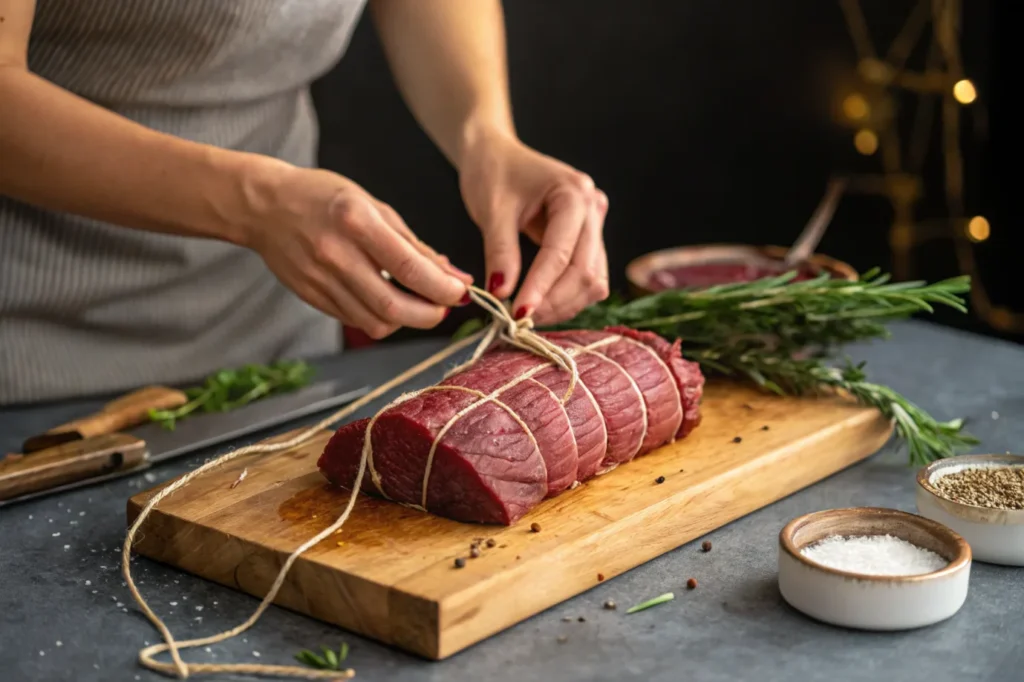
2. Season Generously
Mix garlic, rosemary, thyme, salt, pepper, and olive oil into a paste. Rub it all over the meat. Let it sit at room temp for 30–45 minutes.
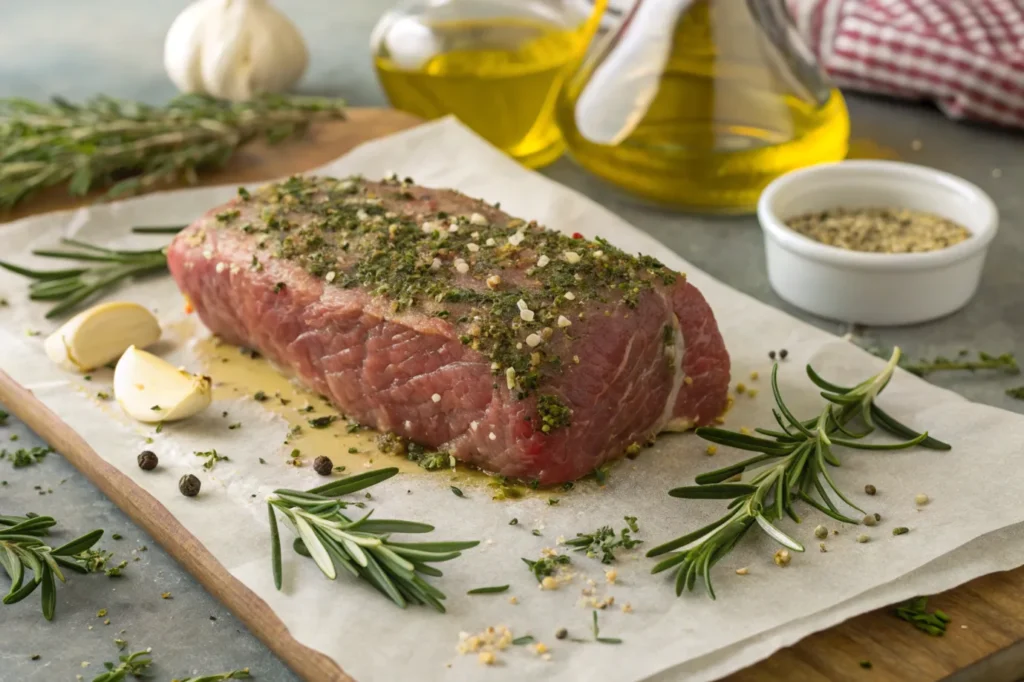
How to Cook Roast Beef Tenderloin (Step-by-Step):
3. Sear for Flavor
Preheat oven to 450°F (230°C). Sear the tenderloin in a hot skillet with oil on all sides for a golden crust.
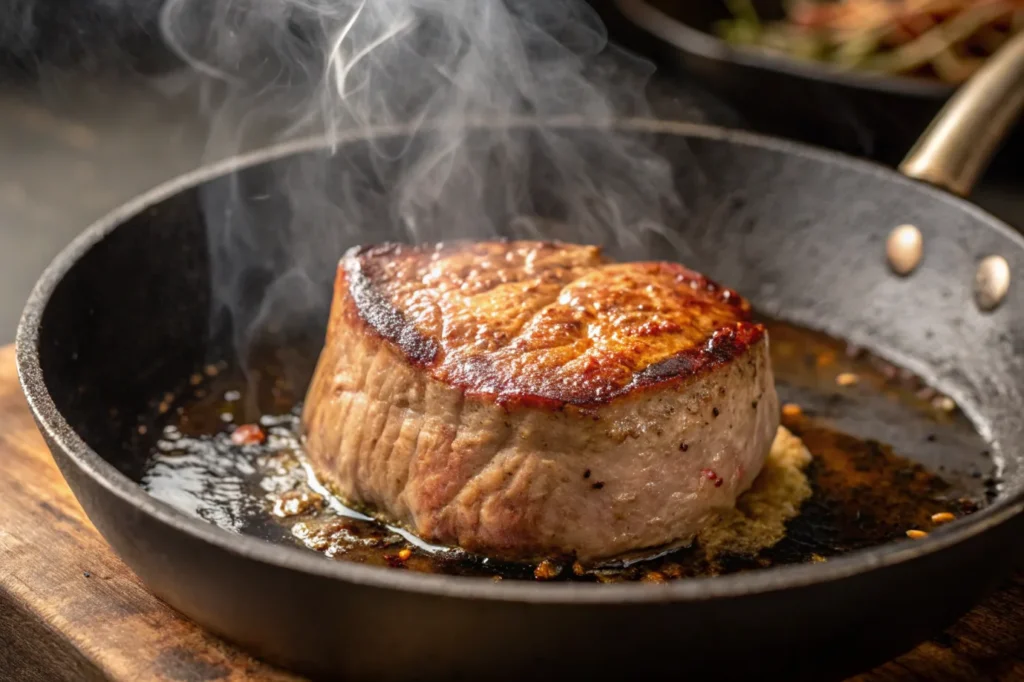
4. Roast to Perfection
Transfer to oven and roast for 20–25 minutes or until internal temp reaches:
- Rare: 120°F (49°C)
- Medium-Rare: 130°F (54°C)
- Medium: 140°F (60°C)
5. Rest Before Serving
Remove from oven, tent with foil, and let rest 10–15 minutes before slicing.

Printable Chicken Meatloaf Recipe Card:
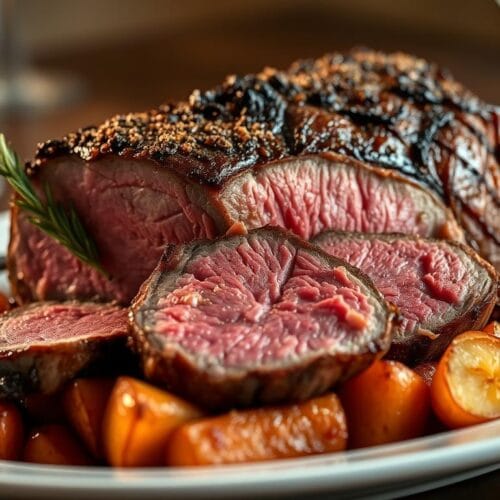
Roast Beef Tenderloin
Ingredients
- 1 whole beef tenderloin about 3–4 lbs, trimmed
- 2 tbsp olive oil
- 4 cloves garlic minced
- 2 tbsp fresh rosemary chopped
- 1 tbsp fresh thyme leaves
- 1 tbsp kosher salt
- 1 tsp freshly ground black pepper
- 1 tbsp Dijon mustard Optional: (for extra flavor)
Instructions
- Preparation Instructions:
- Trim & Tie the Tenderloin
- Ask your butcher to trim the silver skin or do it yourself with a sharp knife. Then tie the tenderloin at 1-2 inch intervals with kitchen twine for even cooking.
- Season Generously
- Mix garlic, rosemary, thyme, salt, pepper, and olive oil into a paste. Rub it all over the meat. Let it sit at room temp for 30–45 minutes.
- How to Cook Roast Beef Tenderloin (Step-by-Step):
- Sear for Flavor
- Preheat oven to 450°F (230°C). Sear the tenderloin in a hot skillet with oil on all sides for a golden crust.
- Roast to Perfection
- Transfer to oven and roast for 20–25 minutes or until internal temp reaches: Rare: 120°F (49°C) / Medium-Rare: 130°F (54°C) / Medium: 140°F (60°C) / Rest Before Serving
- Remove from oven, tent with foil, and let rest 10–15 minutes before slicing.
My Foolproof Method for Cooking Roast Beef Tenderloin
My method for cooking roast beef tenderloin guarantees a juicy and tasty dish every time. The secret is in the right preparation, precise temperature control, and careful watching.
Searing Techniques for Maximum Flavor
Searing the tenderloin is key to boosting flavor and texture. To get a perfect sear, heat a skillet over high heat and add a bit of oil. Put the tenderloin in the skillet and sear for 1-2 minutes on each side, until it gets a nice brown crust.
Oven Temperature and Timing Guidelines
After searing, move the tenderloin to a hot oven. The best oven temperature is between 400°F to 425°F (200°C to 220°C). The cooking time varies based on size and desired doneness. Cook for 12-15 minutes per pound for medium-rare.
Monitoring Internal Temperature
It’s vital to check the internal temperature to get the perfect doneness. Use a meat thermometer to do this. Stick the thermometer into the thickest part of the tenderloin, making sure to avoid fat or bone.
Rare, Medium-Rare, and Medium Doneness
The internal temperature for rare is 120°F to 130°F (49°C to 54°C). For medium-rare, it’s 130°F to 135°F (54°C to 57°C). For medium, it’s 140°F to 145°F (60°C to 63°C). Take the tenderloin out of the oven when it’s 5°F (3°C) below your desired temperature, as it will cook a bit more while resting.
Using a Meat Thermometer Correctly
To get accurate readings, calibrate your meat thermometer often. Stick the thermometer into the thickest part of the tenderloin, and wait a few seconds until it shows a steady reading.
By following these steps and guidelines, you’ll get a perfectly cooked roast beef tenderloin that’s both juicy and full of flavor.
Troubleshooting Common Issues When Roasting Beef Tenderloin:
Roasting beef tenderloin can be easy, but it has its challenges. Even skilled cooks face problems that can ruin the dish. We’ll look at common issues and offer solutions to make your roast beef tenderloin perfect.
Preventing Overcooking and Dryness
Overcooking is a big mistake when roasting beef tenderloin. It’s key to watch the internal temperature closely. A meat thermometer is the best way to check if it’s cooked right. Also, avoid over-seasoning and over-rubbing to keep the meat moist.
Dealing with Uneven Cooking
Uneven cooking can happen for many reasons. It might be because the tenderloin is shaped oddly or the oven temperature is not even. To fix this, let the meat come to room temperature before roasting. Use a roasting rack to help air circulate and cook evenly.
Fixing Seasoning Mistakes
If your tenderloin is not seasoned enough, you can fix it while it’s cooking. Try brushing it with a tasty sauce or rub towards the end. But, if it’s too seasoned, there’s not much you can do, so taste and adjust before roasting.
Here’s a quick guide for common roast beef tenderloin problems:
| Issue | Prevention/Fix |
|---|---|
| Overcooking | Use a meat thermometer; don’t overcook |
| Uneven Cooking | Bring meat to room temperature; use a roasting rack |
| Under-seasoning | Brush with sauce or rub during cooking |
Knowing these common problems and how to solve them can greatly improve your roast beef tenderloin. Whether it’s for a special event or just to impress, these roasted beef tenderloin tips will make your dish unforgettable.
Creating a Complete Meal Around Your Tenderloin:
Serving a roast beef tenderloin is all about the details. From prep to presentation, and pairing, it’s key. To make your meal unforgettable, pair it with the right sides, wines, and sauces.
Complementary Side Dishes
Choosing the right sides can make your tenderloin shine. Try roasted vegetables like asparagus or Brussels sprouts for color and flavor. For something heartier, mashed potatoes or grilled polenta offer a nice texture contrast.
A simple green salad with a light vinaigrette is also great. It’s a refreshing contrast to the rich beef. For more, roasted root vegetables or sautéed spinach with garlic are great choices.
| Side Dish | Description | Preparation Time |
|---|---|---|
| Roasted Asparagus | Fresh asparagus roasted with olive oil, salt, and pepper | 15 minutes |
| Mashed Potatoes | Boiled potatoes mashed with butter, milk, and seasonings | 30 minutes |
| Grilled Polenta | Polenta grilled until crispy on the outside and creamy inside | 20 minutes |
Wine Pairings and Beverages
For wine with roast beef tenderloin, a full-bodied red is best. Cabernet Sauvignon and Syrah/Shiraz are top picks. They match the beef’s rich flavor well. If you prefer lighter, Pinot Noir works well, too, if your tenderloin has herbs.
Not into wine? Try a craft beer or a classic cocktail. A Dark ‘N’ Stormy or a Manhattan can elevate your meal.
Sauce Options for Every Palate
The right sauce can enhance your roast beef tenderloin. Here are some great options:
Classic Red Wine Reduction
A red wine reduction with beef broth and shallots is classic. It’s savory and pairs well with the beef.
Creamy Horseradish Sauce
For spice lovers, creamy horseradish sauce is perfect. Mix horseradish with sour cream, lemon, and chives for a zesty touch.
Herb Butter and Other Simple Accompaniments
Herb or garlic butter is a simple yet tasty choice. Just soften butter, mix in herbs or garlic, and serve with the tenderloin.
By choosing the right sides, wines, and sauces, you’ll create a memorable meal. It will showcase your roast beef tenderloin beautifully.
Frequently Asked Questions:
What is the best way to cook a roast beef tenderloin?
To cook a roast beef tenderloin, start by searing it in a hot pan. This locks in the flavors. Then, roast it in the oven until it’s just right. Always use a meat thermometer to ensure it’s perfectly cooked.
How do I achieve a juicy roast beef tenderloin?
For a juicy tenderloin, don’t overcook it. Cook it to the right temperature and let it rest before slicing. Also, bring it to room temperature before cooking and use a dry brine to keep it moist.
What are some common mistakes to avoid when cooking roast beef tenderloin?
Avoid overcooking and not letting the tenderloin rest. Don’t forget to use a thermometer to check the temperature. Also, avoid over-seasoning and make sure to sear the tenderloin well.
Can I use a wet brine for my roast beef tenderloin?
Yes, you can use a wet brine. But, a dry brine is often better for roast beef tenderloin. It enhances flavor and texture without adding extra moisture.
How do I choose the right size roast beef tenderloin for my gathering?
Choose a roast beef tenderloin based on how many guests you’re hosting. Aim for 6-8 ounces per person. This way, everyone gets a good-sized serving without too much leftover.
What’s the best way to season a roast beef tenderloin?
Season the tenderloin with salt, pepper, and herbs and spices. You can also use a specialty rub or marinade for extra flavor. Just make sure to season it well and evenly
How do I prevent my roast beef tenderloin from becoming too dry?
To avoid dryness, don’t overcook the tenderloin. Use a meat thermometer to check the temperature, and let it rest before slicing. Try using a dry brine or marinade to add moisture and flavor.
Conclusion: Enjoying Your Perfectly Cooked Tenderloin:
Now that you know how to cook a delicious roast beef tenderloin, you’re all set to wow your guests. The secret to a great meal is in the little things. This includes choosing the best beef tenderloin and serving it with the right sides and wine.
When you cut into your tenderloin, you’ll find it’s tender and juicy. The flavors will be rich and satisfying. Your guests will love every bite, making it a memorable meal.
Whether it’s for a holiday or a special event, a well-cooked tenderloin will be the star of your dinner. So, take your time, enjoy the process, and share a delicious meal with your loved ones.
More Recipe Ideas You’ll Love
If you enjoyed this roast beef tenderloin, check out these other hearty and impressive dishes:
- Easy Chicken Meatloaf with BBQ Glaze
- Creamy Ramen Recipe
- Big Green Egg Recipes for Perfect BBQ Every Time
These recipes pair wonderfully with tenderloin or can stand alone as their own showstoppers.
Join the Conversation
Have you tried making this roast beef tenderloin?We’d love to hear how it turned out! Share your tips, favorite sides, or even your wine pairing recommendations in the comments below.What’s your secret to the perfect roast?Let’s swap ideas and inspire each other in the kitchen!


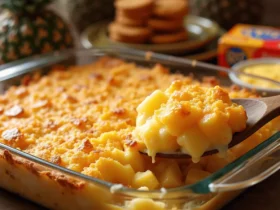


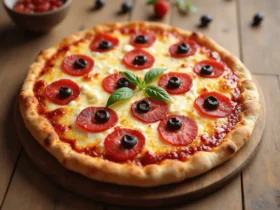
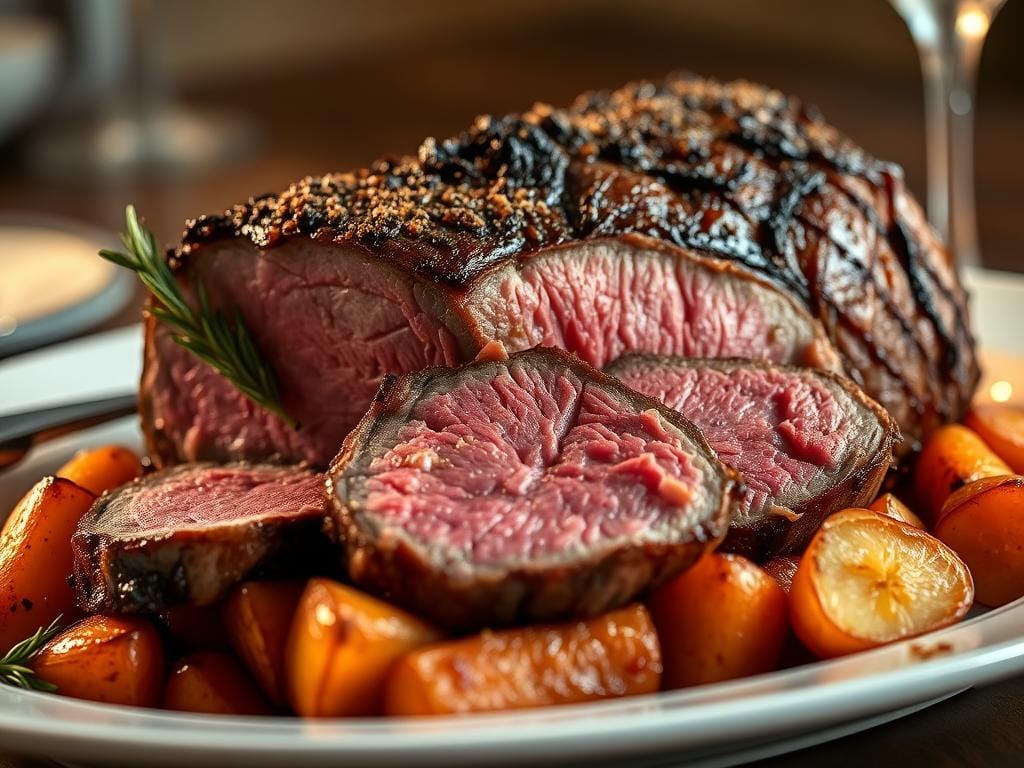
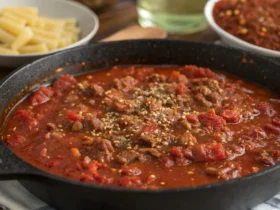
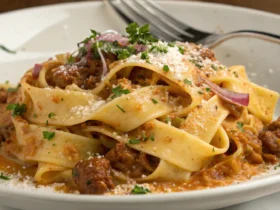

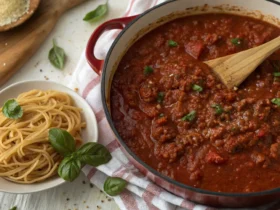

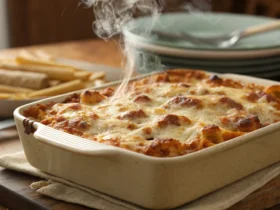
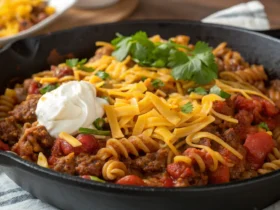

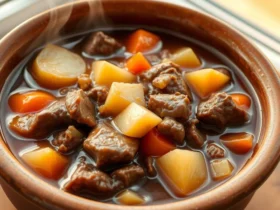
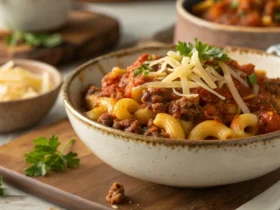
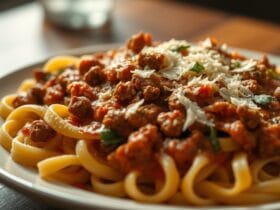
Leave a Star rating